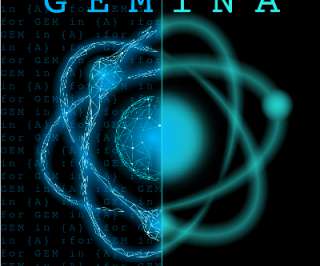MIT team improves liquid metal batteries for grid-scale storage; lower operating temperature, cost
Green Car Congress
SEPTEMBER 22, 2014
Researchers at MIT have improved a proposed liquid battery system that could enable renewable energy sources to compete with conventional power plants. Apart from the fact that this finding puts us on a desirable cost trajectory, this approach may well be more broadly applicable to other battery chemistries. Earlier post.).




















Let's personalize your content